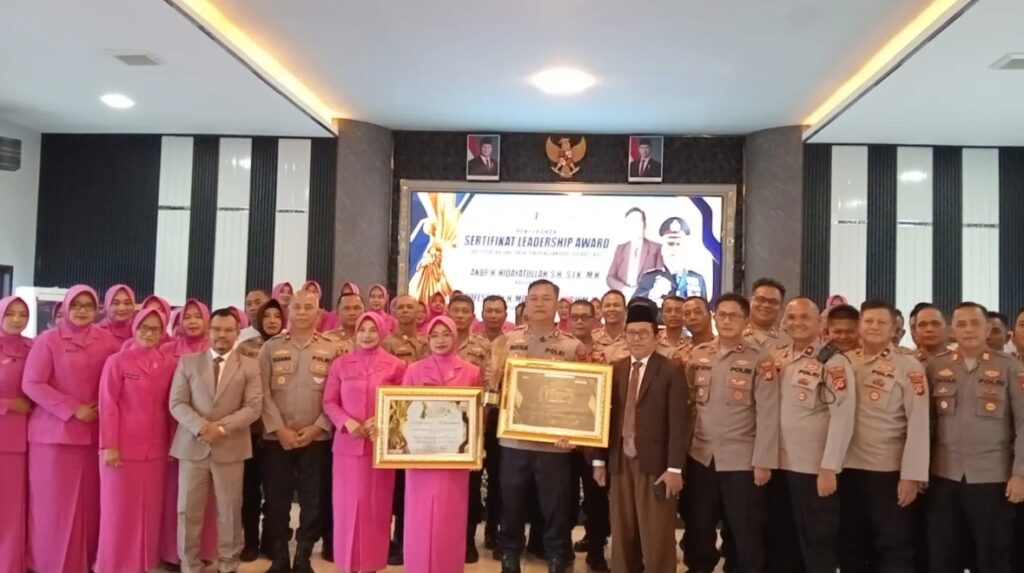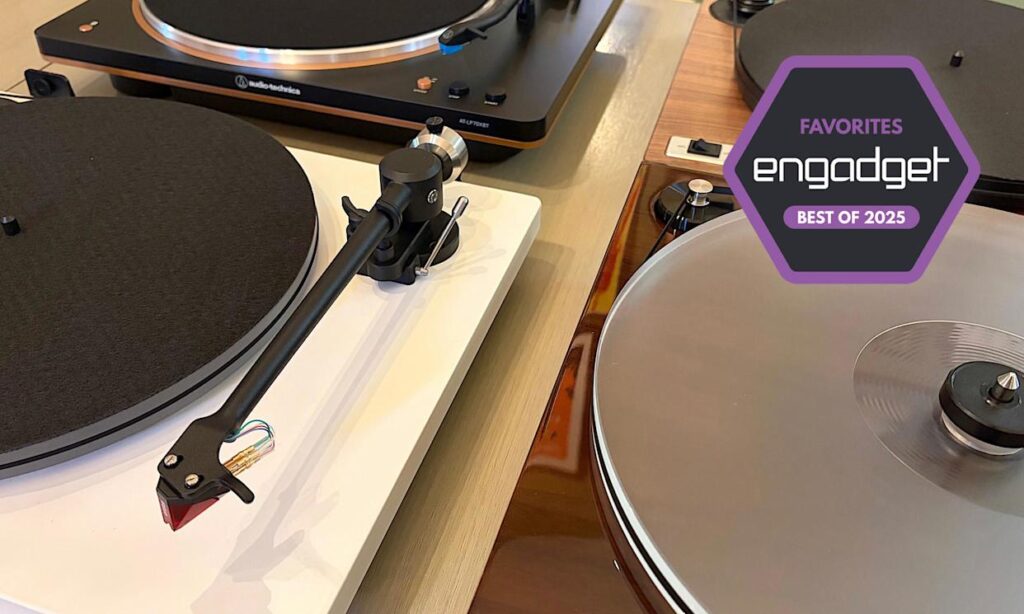Jakarta — Indonesia’s middle class continues to attract attention in Southeast Asia’s economic and social landscape. The growth and transformation of this group are seen as key indicators of national stability and regional integration.
One defining characteristic is increased purchasing power. Members of the middle class are able to meet basic needs while allocating spending for lifestyle choices such as recreation, education, and technology. This shift reflects a transition from survival to aspirations for quality of life.
Second, the middle class demonstrates greater access to education and healthcare. Investment in children’s education and quality medical services is considered essential for upward mobility, reinforcing the role of this group in shaping future generations.
Third, there is a strong aspiration for asset ownership, particularly housing and private vehicles. Asset ownership is both a symbol of status and a safeguard for financial security, driving growth in property and automotive sectors.
Fourth, the middle class is characterized by employment stability and predictable income. Most work in formal sectors with steady salaries, enabling long‑term financial planning, savings, and investment.
Fifth, the middle class actively participates in the digital economy. Their engagement with e‑commerce, fintech, and digital platforms highlights their connection to global trends and accelerates Indonesia’s economic transformation.
Overall, Indonesia’s middle class is not merely a consumer group but a vital actor in national development. With purchasing power, aspirations, and digital participation, they serve as both stabilizers and drivers of ASEAN’s regional economic integration.






